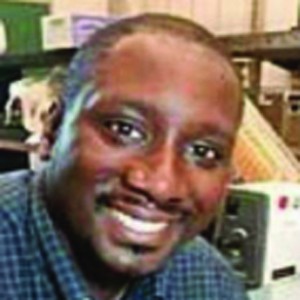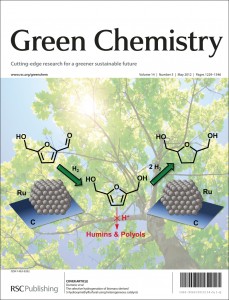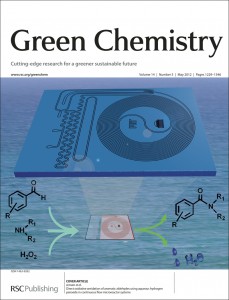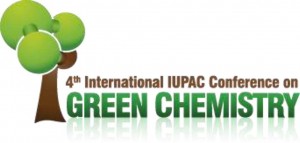 James Mack is an Associate Professor of Chemistry at the University of Cincinnati, USA. His current research is in the development of environmentally benign organic reactions and in particular mechano- or ball milling chemistry. James took a few moments to speak to Green Chemistry…
James Mack is an Associate Professor of Chemistry at the University of Cincinnati, USA. His current research is in the development of environmentally benign organic reactions and in particular mechano- or ball milling chemistry. James took a few moments to speak to Green Chemistry…
Who or what initially inspired you to become a chemist?
My parents bought me a chemistry set in grade school and I played with the set which included small experiments. I became more interested in high school chemistry. However, I knew when I took an organic chemistry sophomore year in college, that I would pursue a career in the field.
What has been the motivation behind your recent research?
When I was in graduate school I went to a seminar on Green Chemistry and thought there must be a better way to make more environmentally benign reactions. Also, chemistry should make life better for the next generation and I can be part of that change.
What do you see as the main challenges facing research in this area?
One of the challenges is explaining to world leaders that the chemical methodologies we use today will drastically impact the future. We can’t consistently borrow against the future. For example, we use resources today and hope to find alternatives tomorrow; we need to find better ways to conserve the resources we have.
Where do you see the field of Green Chemistry being in 5 or 10 years time?
In 5 to 10 years, the field will grow tremendously because students are more environmentally conscious than I was in my twenties. Green chemistry and protecting the environment is embedded in the social consciousness of today’s youth.
And finally…
If you could not be a scientist, but could be anything else, what would you be?
If I couldn’t be a chemist, my dream job would be to become the General Manager of the Boston Celtics (NBA basketball team). After all, it’s a green team! That would be magical and certainly a dream comes true! I also love to debate; therefore, pursuing a law degree would have been another great career choice.
Take a look a couple of James’ recent articles in Green Chemistry – free to access until the 19th June 2012:
Investigating the formation of dialkyl carbonates using high speed ball milling, Daniel C. Waddell, Indre Thiel, Ashley Bunger, Dominique Nkata, Ashley Maloney, Tammara Clark, Brandon Smith and James Mack, Green Chem., 2011, 13, 3156-3161
A two-step ball milling method synthesizes and purifies α,β-unsaturated esters, William C. Shearouse, Chelsea M. Korte and James Mack, Green Chem., 2011, 13, 598-601
Stay up-to-date with the latest content in Green Chemistry by registering for our free table of contents alerts.




















